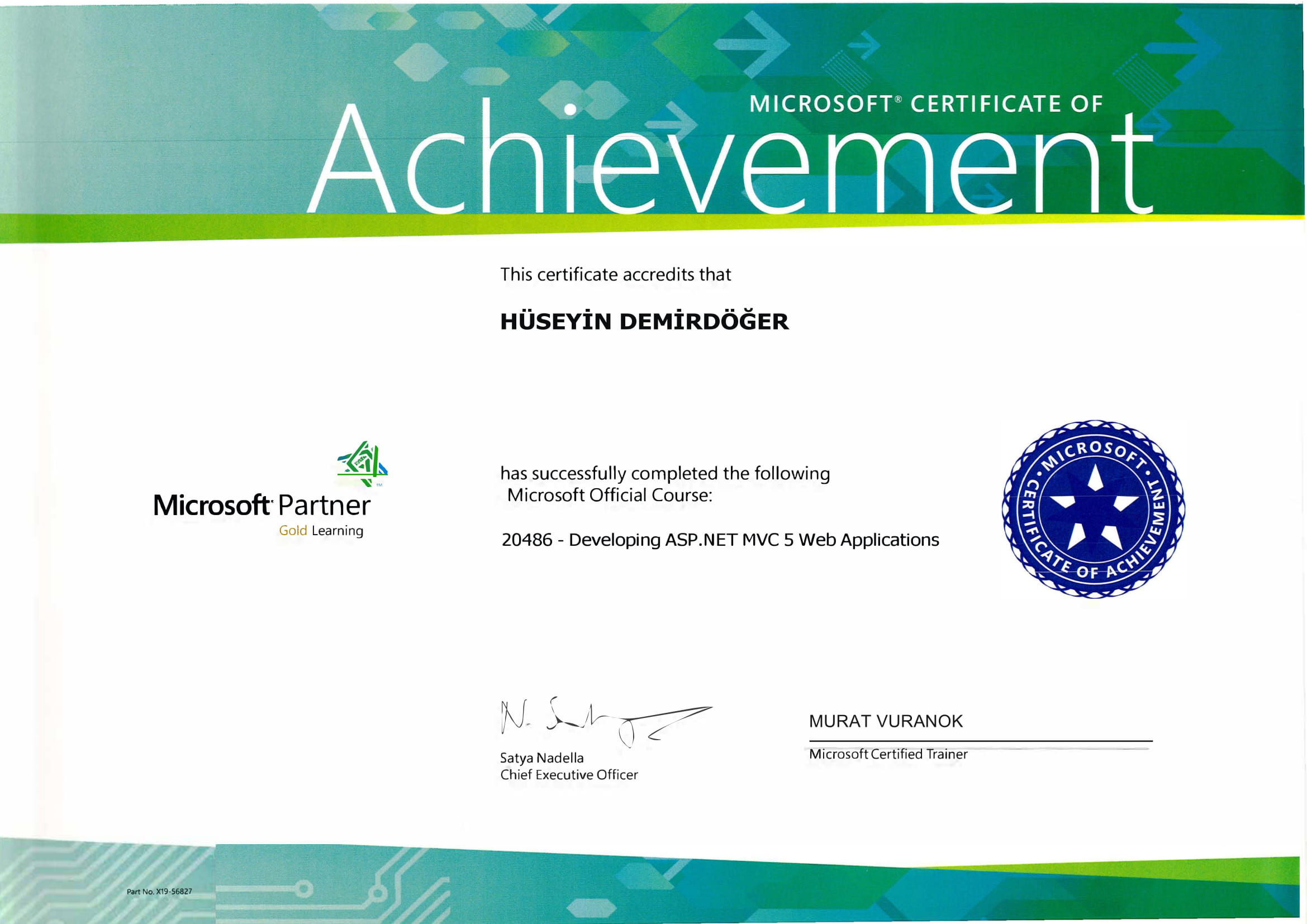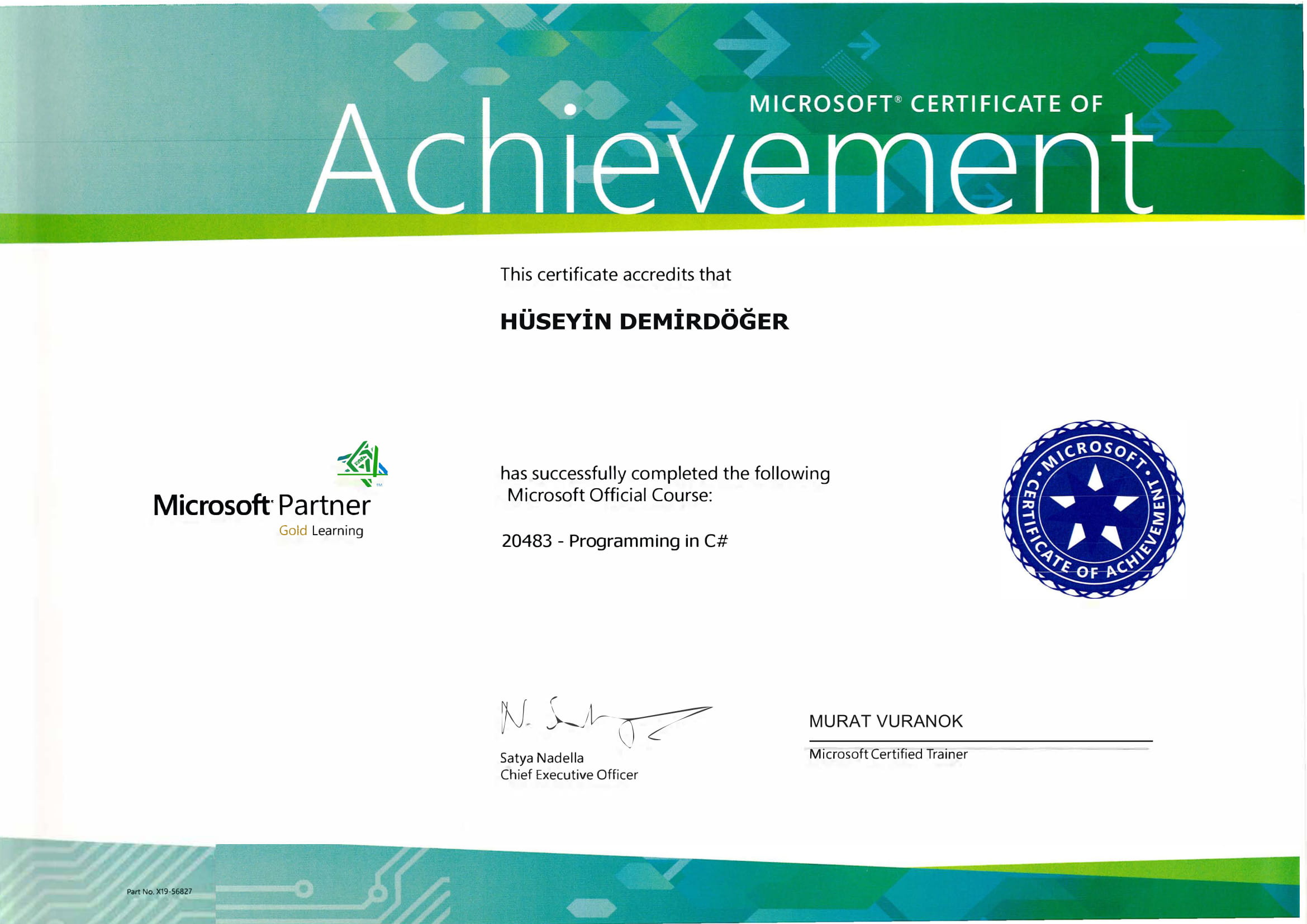We've all been there. You're starting up your computer and instead of the familiar welcome screen, you're greeted with an opaque error message: Windows Error Code 0xc000000e. Whether you're a seasoned tech enthusiast or someone who barely ventures beyond checking emails, facing a boot error can be daunting. But fear not! We're diving into the depths of this issue, and by the end of this guide, you'll be equipped with the know-how to tackle it effectively.
Understanding Windows Error Code 0xc000000e
Before jumping into solutions, it’s pivotal to understand what this error code signifies. Windows Error Code 0xc000000e typically indicates a boot failure which means your PC cannot start properly because a device required by the operating system is inaccessible. This could be due to a misconfigured boot loader, a damaged Boot Configuration Data (BCD), or hardware issues.
Quick Insight: This error often appears alongside a message stating that "The selected entry could not be loaded because the application is missing or corrupt."
Common Triggers for Error 0xc000000e
- Corrupted BCD: The BCD file is essential for boot loaders, and if this gets corrupted, your system may fail to boot.
- Hardware Configuration Changes: Recently modified hardware settings or malfunctioning hardware can also be culprits.
- Sudden Power Surge or System Crash: An unexpected shutdown might leave your files and configuration data in disarray.
Troubleshooting Error Code 0xc000000e
Before you wage war against this error, ensure you have a Windows installation disc or USB at hand. Now, let’s delve into some effective solutions:
1. Repair Boot Configuration Data
Often, rebuilding the BCD can resolve the issue. Here’s how:
- Boot from Windows Installation Media: Insert the installation disc or USB and restart your computer. Press the required key to boot from media (this is often F12 or Esc).
- Select Repair Your Computer: Once on the Windows Setup screen, choose your language and click on "Repair your computer" instead of "Install now."
- Navigate to Command Prompt: Choose "Troubleshoot," then "Advanced options," and finally "Command Prompt."
- Run Bootrec Command:
- Type
bootrec /scanosand press Enter. - Follow up with
bootrec /rebuildbcdto fix the BCD. - Optional commands include
bootrec /fixmbrandbootrec /fixboot.
- Type
For more in-depth assistance on fixing boot errors, the Windows Error Code 0xc000000e Solution provides a detailed guide.
2. Check Hardware Connections
Have you tinkered with your hardware lately, perhaps adding RAM or a new SSD? Ensure that all hardware components are properly seated and connected. An unrecognized drive could very well be the source of this error.
3. System Restore
If you’ve made changes just before the error cropped up, reverting to a system restore point might just do the trick.
- Access System Restore: Boot into your installation media, navigate to Troubleshoot > Advanced Options > System Restore.
- Select a Restore Point: Choose a date when your system was functioning correctly.
Note: If system restore doesn’t solve the issue, you might want to explore comprehensive solutions like Windows Error Code 0xc0000225 which tackles similar recovery errors.
4. Seek Professional Help
Sometimes, even the most technical approach from home might not suffice. If you find yourself stuck, consider reaching out to a professional. Tech forums and support sites could also be good starting points; for instance, checking how others have resolved similar issues. For persistent problems, tackling other types of errors like the Windows Error Code 0x800f081f might offer new insights.
Wrapping Up
So there you have it—a comprehensive guide to troubleshoot the dreaded Windows Error Code 0xc000000e. What have been your experiences with boot errors? Ever faced a similar conundrum? Let us know in the comments, or share any unique solutions that worked for you.
As always, remember that some patience and a little technical savvy go a long way. By systematically going through these troubleshooting steps, you’re positioning yourself to effectively combat startup failures and ensure a smoother boot process in the future. Keep in mind the value of regular system backups—they’re a tech enthusiast's best ally.


















